Bigger Is Better…Yet For Some, Never Enough
I’m sure that I’m not alone when I say that this year I’m likely to shoot AND access more data, more quickly and from more locations – than in all the years of my career to date – combined.
The resolution of my cameras (both still + video) keep increasing. HDR is becoming common on both, high frame rates are more common, and now: Virtual Reality… we’re talking 6-14 camera arrays in many projects these days (!)
Why?
With Ultra HD (UHD) 4/5/6k video becoming the norm, and cheaper digital medium format stills systems becoming more affordable, we will need larger and more efficient storage systems than we did last year. The prospect of UHD virtual reality is also becoming a possibility (for some, at least – maybe not in terms of consumption just yet, but definitely in terms of capture), and when you throw 6 Red EPIC Dragons together in an array, you could easily find yourself chewing through 100+ GB of data each minute.
This is why I’ve completely changed my data storage system as of last summer. I finally rid myself of a massive, $50,000+ server system that I’d be using for years. That thing ran so hot over our NYC summers that I found myself spending $700 a month in ConEd electric bills to keep the AC running just to keep it cool.
When I moved to LA five years ago, it was critical that I found a suitable location to house it. Fortunately, things have changed dramatically since then. G Tech’s Studio XL has revolutionized this as it’s a portable, efficient solution that does exactly what I need. I now have two systems set up across both coasts, with copies of everything, both hooked up to a Mac Mini to make them online 24/7 – and that I can also hook up to more powerful macs – which provides remote access from anywhere, anytime. Compared to what I had, the improved performance, size and affordability are revolutionary.
Integration With My On-The-Road Workflow
Integration on the road is also another reason I’ve moved to the Studio XL setup. The new way to travel for me is to use the G Drive EV, which are self powered, USB 3.0 drives. I’ll keep copies on my set of drives and my assistant always keeps back ups, so between us we have copies in separate locations at all times. When i get back to home base, I simply connect the EV to it’s dock and transfer via Thuderbolt to the XL. These little EV drives are a lightweight, portable and efficient self powered drive that integrates directly into the Studio XL. I think of my G Drive EV as “magazines” or “cartridges” given how quickly I go through them. The new Rugged EV ATC drives are really nice with the added additional layer of protection against drops with the protective bumper system. Check out Lucas Gilman’s video at the end of this article that really puts this thing through it’s paces.
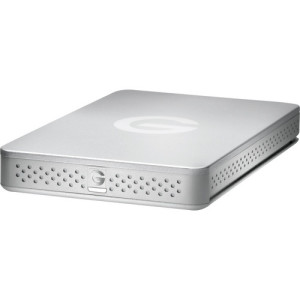
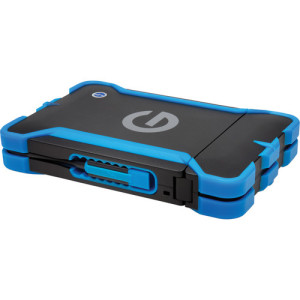
I’ll use Shotput Pro to copy our data securely while on the road, and then back at the office, we use Chrono Sync or Carbon Copy Cloner to duplicate and synchronize data between systems.
How Much Space Should I Get?
We’re all shooting more, and shooting larger still and video files. There is incredible value in having more space on the drive than we need. We all get stuck with these drives that are 80% capacity before you know it, so I recommend that you make the investment early on and buy a larger drive up front, avoiding the data management juggle once drives start to get full. You should never have just one copy – one offsite copy for backup against flood or fire (several friends have had this happen to them – it can and does happen). You should ideally have copies that are kept on offline storage systems too. I always have two copies on two 24TB systems that are offline, which are not plugged into or connected to anything (I just make sure to spin them up every few weeks.)
For me, 24TB is a great starting point, especially for still photographers. But you need to figure out what your requirement is, and is likely to be. Figure out how much data you shot on the last few projects or this past year, take a guess of how many shoots you’ll do this year and multiply these up – then double that number. Doubling is realistic as we tend to underestimate data needs based on looking at files today, and not file sizes we’ll see in 12 or 24 months from now. That should give you a guide to your working annual storage requirement, which will help with the decision on what kind of capacity you might opt for in any storage system.
The good thing about the Studio XL is the choice on offer. They come in 24TB to 64TB storage capacities. It’s enterprise-class, 4K workflow support, with the ability to transfer data up to 1350MB/s and daisy chain via dual Thunderbolt ports. Should anything go wrong, there’s the additional 3 year warranty with unlimited free tech support which is always nice to have should you need it.
With all of this data comes another necessity: SPEED. You need to be able to read it quickly to edit the files, and you also need to make the copies zippy so that you can get off of set and got to sleep. Also, SPEED will ensure you make backups. These files are becoming so big that it’s too easy to be caught cutting corners and forgetting to duplicate the data onto a SECOND backup drive, and to make a third copy back at base. You will continue to cut these corners and use slower/older drives until you experience a loss or failure (has the power ever gone off during a copy? Try fixing that…) and then you’ll realize the MASSIVE liability losing part or all of the data you shot on a job. There simply never is the option to re-shoot an entire job – no matter what insurance you have. Even if you DO re-shoot, your reputation will be tarnished forever…
One must remember: the DATA we produce, and the drives we stores them on: our effectively our DIGITAL NEGATIVE. While many of us started with slides or film negatives that we then scanned – we need to rid ourselves of the idea that the Data is something that is anything less than priceless to us…
On a personal note, G Tech hardware is amongst the most reliable gear I’ve ever used. While no one manufacturer is perfect (and always assume there is the possibility of failure due to impact, copying issues during power loss, corruption from editing software and so on), G Tech have proven time again that they’ve focused on the high end and demanding professional.
Don’t forget that while online storage is something that I DO USE, (see: SugarSync, CrashPlan, DropBox, GoogleDrive in that order (I use all of them) having PHYSICAL control of your storage is something you simply can’t beat… just ask me where an 18-hour call w/ an online storage service ended up a half a decade ago: nowhere… once it’s gone on someone else’s server… it’s gone.
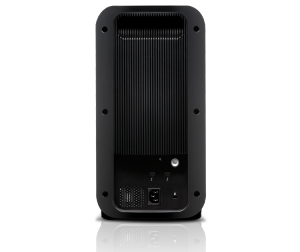
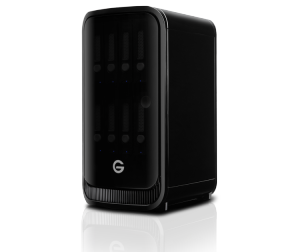
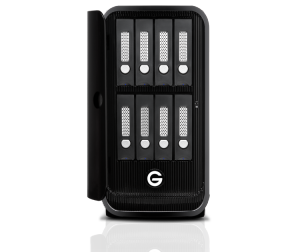
G Tech offer more affordable options too, with lower capacity and slightly slower transfer rates in their G-SPEED Studio storage line, coming in with 12TB, 16TB and 24TB solutions, offering great options for those who still value security and portability highly.
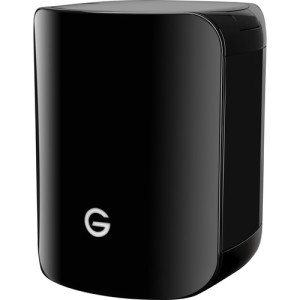
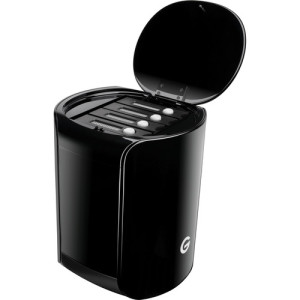
G Tech’s Description of the Studio XL:
Hardware RAID 8-Bay Thunderbolt 2 Storage Solution
G-SPEED Studio XL, a hardware RAID 8-Bay Thunderbolt 2 solution, offers professional content creators colossal capacity and high definition performance. This Enterprise-class storage solution with Thunderbolt 2 technology for ultimate speed is configurable in RAID 0, 1, 5, 6, 10, 50, & 60. Designed to support multi-stream compressed 4K workflows with extremely large volumes of data at transfer rates of up to 1350MB/s and has the ability to daisy-chain via dual Thunderbolt 2 ports. The G-SPEED Studio XL features a sleek black enclosure, smart fan technology, Enterprise-class hard drives and a 3-year warranty – providing the ultimate storage solution for demanding video and photography based workflows.
G Tech Studio XL Product Page
http://www.g-technology.com/products/g-speed-studio-xl
G Tech G-SPEED Studio Product Page
http://www.g-technology.com/products/g-speed-studio
G Tech’s New ‘Rugged’ EV ATC Drives
http://www.g-technology.com/products/g-drive-ev-atc-thunderbolt
When Is It Available?
In stock now from B&H
Cost:
Who Is It For?
Those who value a fast, quiet, portable, compact RAID solution. Those who need large scale, mobile (perhaps due to multi-site based working) storage solutions and who might be migrating away from large, cumbersome server-based enterprise storage solutions.
Tags: drive, gtech, gtechatv, gtechnology, gtechrugged, raid, rugged, storage, xlstudio


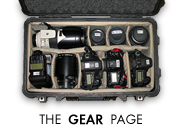

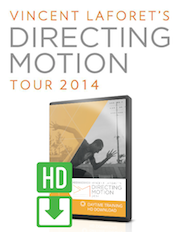
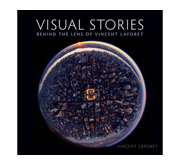







Good post Vincent. With this setup, how do you handle sharing a project within a team?
Ha – please tell us you’re not going to carry that around with you everywhere you go! 😉
Didn’t realise 8Tb disks existed yet! Thought we were still on about 4Tb
Would you be able to elaborate more or point me in the direction on how to use a mac mini to access the G-Speed’s remotely? Basically looking for more detail on this statement “I now have two systems set up across both coasts, with copies of everything, both hooked up to a Mac Mini to make them online 24/7 – and that I can also hook up to more powerful macs – which provides remote access from anywhere, anytime.” Thank You!